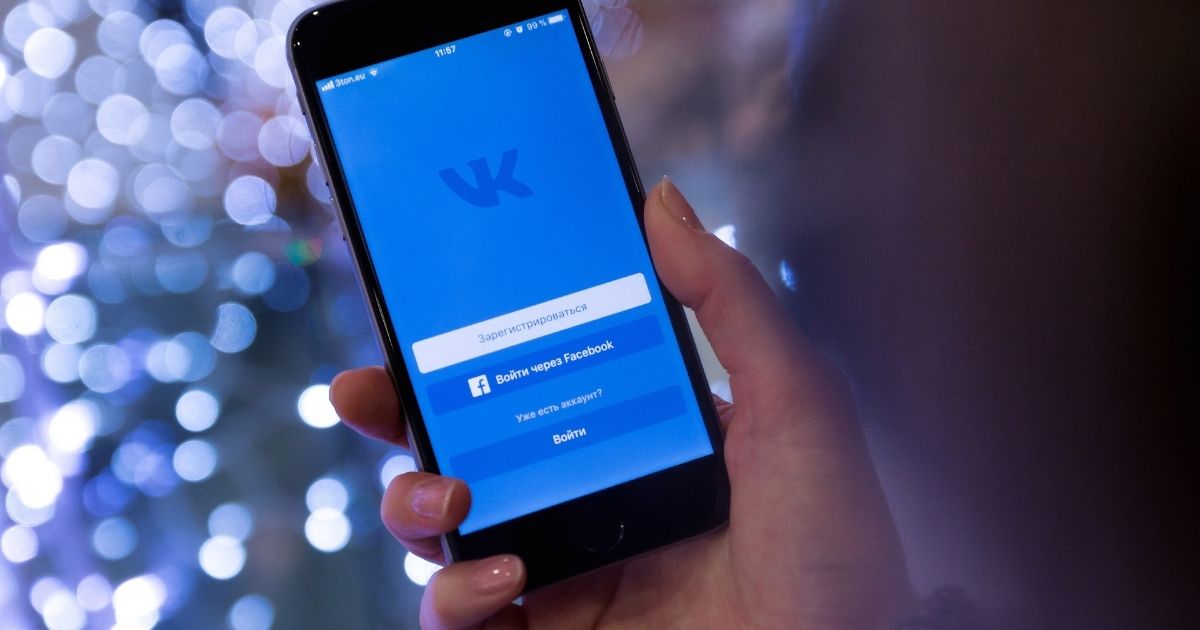The concept of a viral campaign is a powerful marketing strategy for brands in today’s digital world. These types of campaigns aim to reach large audiences quickly and effectively. A successful viral campaign typically revolves around an unexpected event or creative content. It should be filled with elements that capture people’s interest, encourage sharing, and spark conversation.
On digital platforms, a viral campaign can reach millions of people in a very short time with the right strategy and targeting. Videos, images, or messages that trigger emotional reactions from social media users accelerate this process. One of the most important factors to consider when creating a viral campaign is to ensure the content spreads naturally. Forced or artificial content won’t generate the expected impact.
A successful viral campaign not only increases brand awareness but also helps build customer loyalty. Supported by proper timing, strong storytelling, and content tailored to the target audience, these campaigns ensure that brands remain talked about in the digital world for a long time.
What is a Viral Campaign?
A viral campaign, as one of the most striking methods of digital marketing, allows a specific message or content to reach a large audience in a short period. Viral campaigns create a significant impact, particularly through the rapid sharing of content by internet users on social media and other digital platforms. The primary goal of these campaigns is to raise brand awareness and promote products or services to a broad audience.
When a viral campaign is successful, users share the content with their own networks, allowing the campaign to grow organically and reach a wider audience. These campaigns are often built around striking and impactful visuals, creative stories, or unexpected events. Eye-catching elements trigger the urge to share and help the content spread quickly.
Advantages of Viral Campaigns
Viral campaigns have many advantages and are an effective way to rapidly increase brand awareness. Here are some key advantages of viral campaigns:
- Rapid Spread: Viral campaigns quickly spread among social media and internet users, reaching large audiences. As people share the content, the brand’s message can reach a vast audience in a short time.
- Low Cost: Compared to traditional advertising campaigns, viral campaigns are generally more cost-effective. Since content is shared organically, the need for advertising spending can decrease.
- Credibility and Reputation: Viral campaigns often spread through user recommendations. People tend to trust their friends’ shares and suggestions, which increases trust in the brand.
- Increased Brand Awareness: A successful viral campaign can significantly boost brand awareness. It can expand brand recognition beyond the target audience.
- Digital Communication and Interaction: Viral campaigns create interaction between the brand and the target audience. Users can comment on, produce, or participate in the campaign, keeping the brand engaged with its audience.
- Trend Potential: If a campaign is interesting and creative, it can become a trend on social media, and its discussion rate can quickly increase.
These advantages make viral campaigns a strong strategy, especially in digital marketing.
Disadvantages of Viral Campaigns
While viral campaigns offer many advantages, they also come with some disadvantages. Here are some potential downsides of viral campaigns:
- Lack of Control: Since the spread of viral campaigns is organic, it can develop outside the brand’s control. The campaign may be misunderstood or take a negative turn unexpectedly.
- Short-Term Impact: Viral campaigns typically have a short-term impact. They spread quickly but can be forgotten just as fast. To create lasting effects, follow-up steps are needed to support the campaign.
- Spread of Negative Comments: Viral campaigns can quickly spread not only positive feedback but also negative responses. Unexpected criticism or misunderstandings can harm the brand.
- High Expectations: When a viral campaign is successful, the brand may expect similar success in the next campaign. However, such campaigns may not always be as effective, leading to disappointment.
- Mismatch with the Target Audience: Sometimes viral campaigns reach a broad audience outside the brand’s target group. This can result in the spread of a message that doesn’t align with the intended consumer group.
- Misinterpretation of Content: A creative viral campaign may be interpreted differently by users. This can lead to the brand’s intended message being distorted or misunderstood.
- Risk of Failure: There is no guarantee that viral campaigns will succeed. If timing, content, and trends are not managed correctly, the campaign may not create the expected impact.
These disadvantages highlight the need for good planning and strategy when managing viral campaigns.
How to Create a Viral Campaign?
Creating a viral campaign requires careful strategy and creative content. A successful viral campaign relies on content that grabs people’s attention, encourages them to share, and spreads quickly. Here are the steps to follow when creating a viral campaign:
- Set Goals
- Identify the Target Audience: Clearly define who the viral campaign will appeal to, focusing on demographic characteristics, interests, and behaviors.
- Clarify Campaign Goals: Set specific goals such as increasing brand awareness, boosting sales, or generating social media engagement.
- Find a Creative and Engaging Idea
- Appeal to Emotions: Content that makes people laugh, surprise, feel emotional, or think is more likely to be shared. Plan your content to create a strong emotional connection.
- Use Trends: Create content inspired by popular culture or current trends. When people are already familiar with the topic, it becomes easier for the campaign to spread.
- Keep it Simple: Avoid complicated messages. Viral content is usually simple, clear, and easy to understand quickly.
- Decide on the Content Type
- Video Content: Videos are one of the most effective types of content for viral campaigns. Creating fun, short, and easy-to-share videos increases the chance of going viral.
- Visual Content: Attention-grabbing images or infographics can also spread quickly. It’s important to use visually appealing, original, and eye-catching visuals.
- Use Memes or Humor: Humor is a powerful tool that can spread quickly on social media. Creating memes or funny content inspired by popular culture can be a good strategy.
- Use Social Media Platforms
- Choose the Right Platforms: Identify the social media platforms where your target audience is most active. Use different strategies on platforms like TikTok, Instagram, and Twitter.
- Collaborate with Influencers: Influential social media users (influencers) can help the campaign reach a wider audience. Create content that appeals to their audience.
- Encourage User Participation
- Use UGC (User-Generated Content): Create a campaign that encourages users to produce and share their own content. Contests, prizes, or creative hashtags can be effective.
- Make it Easy to Share: Add buttons that encourage users to share your content and motivate the audience to spread it. Ensure the content is simple, understandable, and easy to consume quickly.
- Timing is Key
- Choose the Right Time: It’s important to choose the right time to increase the spread of the campaign. Holiday periods, events, or trending topics are good times for viral campaigns.
- Short-Term Intensity: Viral campaigns usually create a big impact in a short period, so the goal should be to spread the content with maximum effect quickly.
- Monitor and Analyze
- Measure Performance: Track engagement rates, shares, and reach to understand whether the campaign has gone viral. Analyze success to improve strategies for future campaigns.
- Monitor Feedback: Keep an eye on both positive and negative comments about the campaign and intervene if necessary. Negative feedback can spread quickly, so caution is essential.
- Create Supporting Content to Sustain Viral Impact
- Produce Continuous Content: After your viral campaign spreads, create additional content and updates to keep interest alive.
- Communicate with the Community: Maintain communication with users who participate in the campaign, respond to comments, and make them feel part of the campaign.
A successful viral campaign starts with content that grabs the target audience’s attention and encourages them to share it. Careful planning, creativity, and utilizing the right platforms help bring out viral effects.




